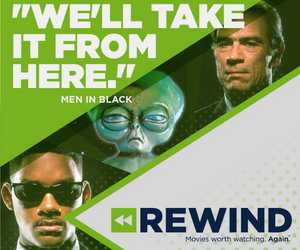By Laurel Hyatt OTTAWA – Rising copyright fees, onerous content regulations, declining youth listenership, and competition from the Internet and other digital media are just some of the things that may be keeping Canadian radio executives up at night. But there are a few positive developments, a group of top leaders said on Tuesday.
At a session of the Canadian Association of Broadcasters convention in Ottawa, radio leaders in a united front lamented the challenges the industry faces, including the “exploding copyright issues,” in the words of Elmer Hildebrand, president and CEO of Manitoba-based Golden West Broadcasting Ltd., who said the possibility that radio copyright payments could rise from the current 4% to 17% of revenues is the industry’s biggest concern at the moment. (Copyright also loomed large during several sessions on Monday.)
Not far behind the grievance list are regulations that Corus Entertainment’s radio president John Hayes says are “cement shoes” for the industry. He called on the CRTC to undo its “silly” rules for things such as hit/no hit levels and the migration of spoken word formats to FM, and to rethink its 65% vocal music quotas for French-language stations. Hayes urged the commission not to heed the “shrill voices” of record labels and independent producers, who push for higher levels of Cancon, among other things.
The radio execs were also worried about the possibility the CRTC may regulate broadcasters who put content online (which was covered in chair Konrad von Finckenstein’s speech the day before.) “That’s kind of a crazy notion,” Hayes said.
There are, however, reasons for optimism the industry can survive and thrive, the panelists said. They seemed most excited about the BBM electronic people meters, set to launch in Montreal in the fall of 2008, and roll out in major markets across the country in 2009.
Gary Miles believes that youth tuning is not declining as reported, there’s just been no accurate way to measure their listening with the paper diaries. The people meters will change all that, said the radio CEO of Rogers Media.
Since the PPM has been introduced already in the United States, Canada can learn more about it by the time it rolls out here, said Paul Ski, President of CHUM Radio. However, the devices should be used beyond the top 10 Canadian markets in the current rollout plans “if it truly is going to be a solid, good measurement system, which I think it is.”
Another positive is that the next generation of iPods due out next year will be able to pick up over-the-air radio signals, noted Miles.
Hildebrand is pleased the CRTC is moving more quickly with rulings, at least with the two recent blockbuster transactions of CTV/CHUM and Astral/Standard. He hopes that means the commission will react equally quickly to new industry developments and regulatory decisions.
But really, it’s radio’s ability to stay local that will stand it in good stead, panelists said. “I think radio is in for a good ride,” said Jacques Parisien, president of Astral Media Radio.
Laurel Hyatt is Cartt.ca’s radio editor.



